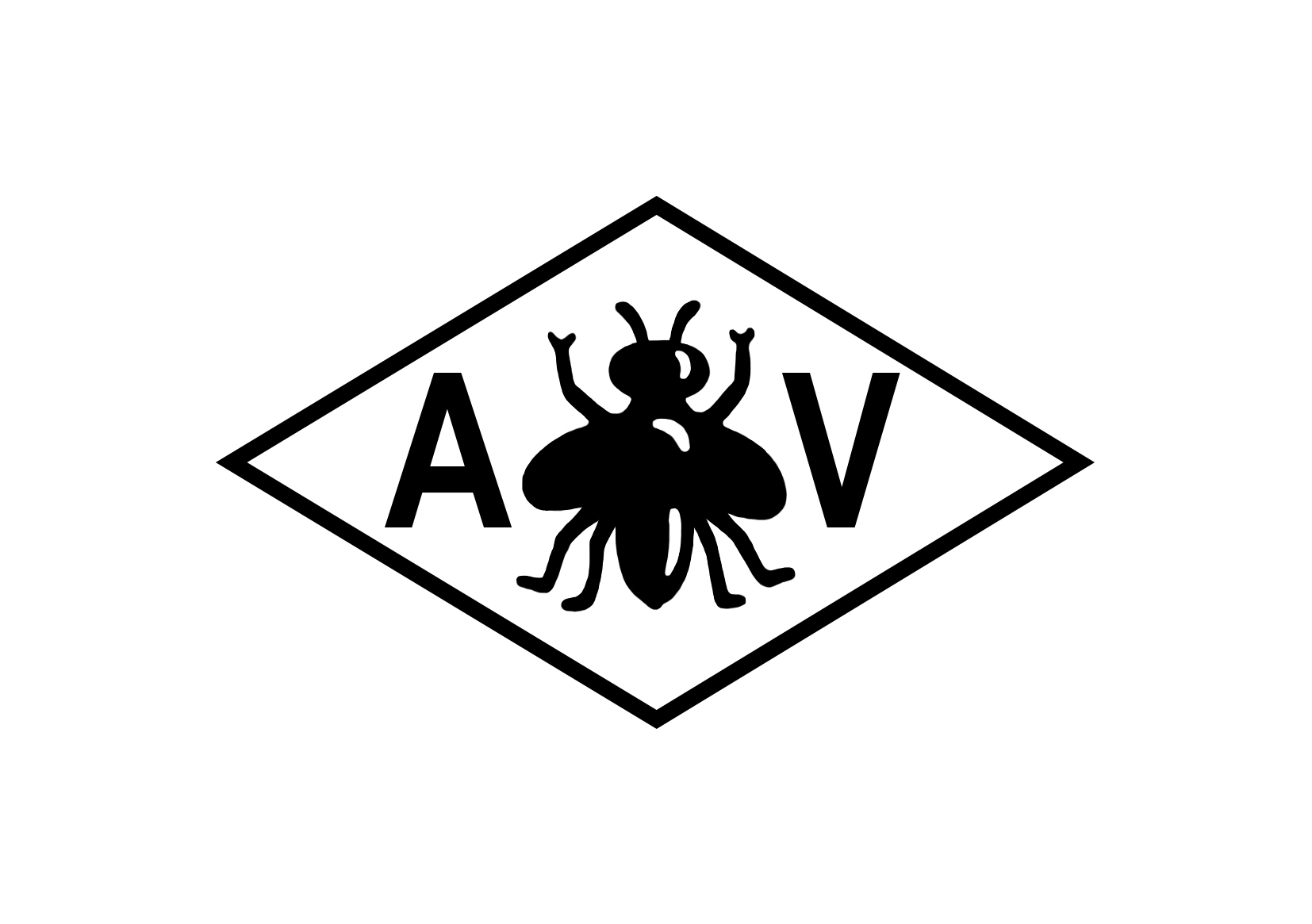Written by Olivier Bachet
France, the country of jewelry, is probably the country that most rigorously controls the value and quality of precious metal pieces. When a goldsmith’s workshop has completed the making of an object, it must be presented to the precious metals assay office to be stamped with a hallmark. Effectively, the law obliges the presence of two hallmarks on objects made in precious metals:
- The title hallmark with which the State guarantees the value of the metal
- The hallmark of the master goldsmith – the maker’s mark – in the shape of a lozenge
From 1797, the State required that all objects made with precious metals must have a maker’s mark. Maker’s marks were stamped on a copper plate and preserved in the Assay Office, that is to say, the Customs. They have a lozenge outline and can be found in a variety of shapes and sizes because there were no legal constraints for dimension. Struck in a horizontal or vertical position, it contained the initials or the name of the manufacturer and a symbol chosen by the master jeweler himself. The choice of this symbol was free, but it frequently took the form of an object, which was a homonym. Thus, the symbol for Henri Picq was an ace of spades (“as de pique” in French) (Fig. 1), and the symbol for Louis Bock was a pitcher of beer (“bock de bière” in French) (Fig. 2).

Fig. 1: Henri Picq’s maker’s mark – an ace of spades or “as de pique” in French 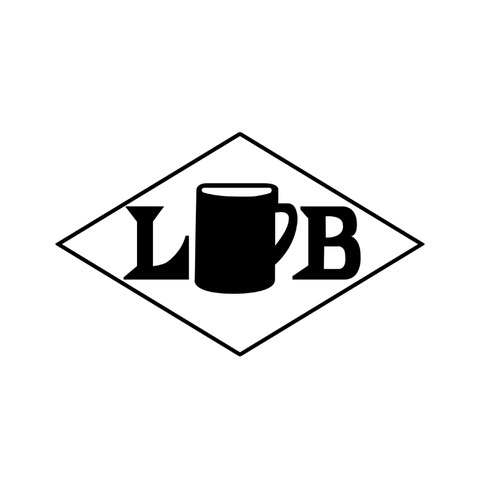
Fig. 2: Louis Bock’s maker’s mark – a pitcher of beer or “bock de bière” in French
When a goldsmith registered the design for his maker’s mark, the controller at the Assay Office verified that no similar maker’s mark had already been used by another artisan. This was to avoid confusion when it came to the attribution of a piece.
Sometimes, the maker’s mark for the same manufacturer varied with time. In effect, it could have been registered several times for technical or administrative reasons. Thus, the repeated striking of the hallmark on pieces wore out the punchmark, which could eventually become illegible. This was the case for Henri Lavabre, a workshop working extensively for Cartier. This workshop existed for a very long time, and consequently, the graphics of the initials and the shape of their maker’s mark differed with time (Fig. 3-4). For the same artisan, the punchmark could be registered several times as the partnerships with the workshop evolved, or when it ceased business. Thus, Louis Mathey had three different maker’s marks registered in the span of 25 years (Fig. 5-7). When the workshop closed, the maker’s mark was destroyed and could no longer be used on a piece.
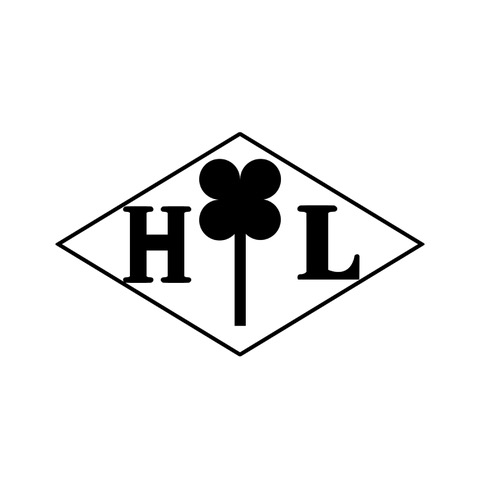
Fig. 3: A variation of Henri Lavabre’s maker’s mark 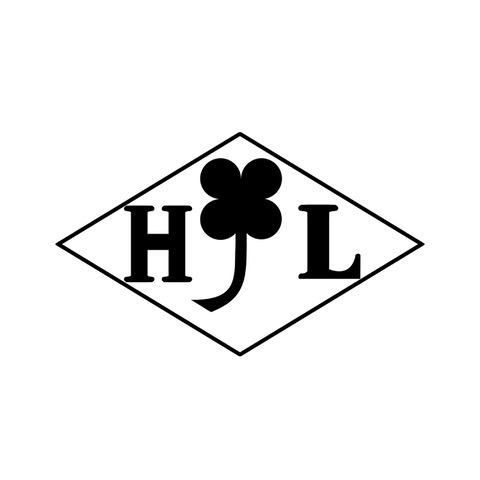
Fig.4: A second variation of Henri Lavabre’s maker’s mark
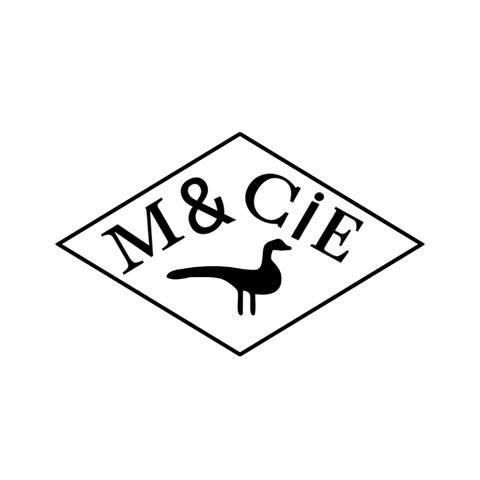
Fig. 5: First variation of Louis Mathey’s maker’s mark 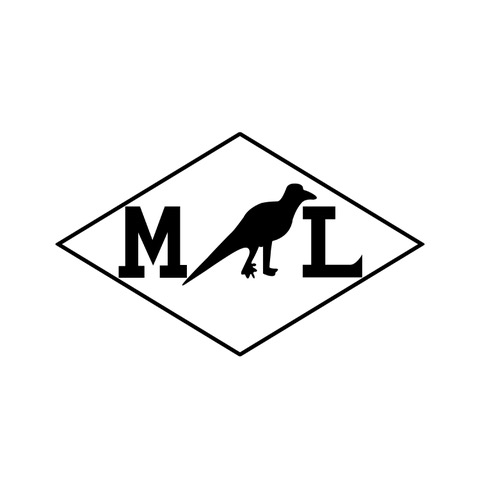
Fig. 6: Second variation of Louis Mathey’s maker’s mark 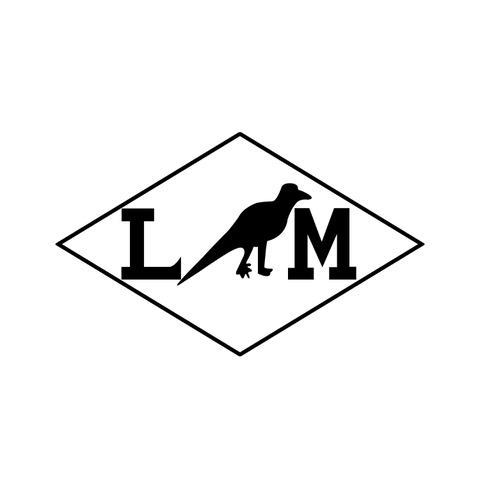
Fig. 7: Third variation of Louis Mathey’s maker’s mark
The knowledge of these hallmarks was often a well-kept professional secret by the jewelry dealers, because it often made it possible to make the connection between a workshop and one of the famous houses of the Place Vendôme and the Rue de la Paix. We propose here to present some maker’s marks. They are the first of a long list, which we hope will eventually be exhaustive. A search engine by name and symbol will soon allow the future reader of the IAJA website to easily find the desired information concerning a workshop.
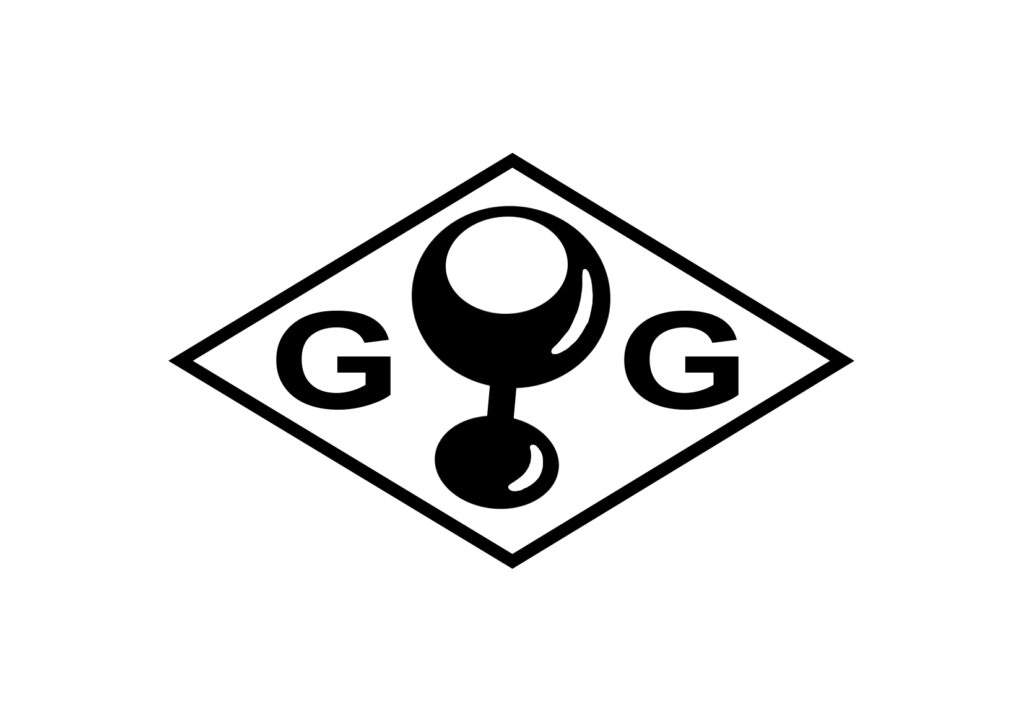
GILLET, Gabriel
Specialty : Jeweler
Maker’s mark : Symbol : A cufflink
Maker’s mark : Letters : G.G.
Address : 29, rue des Bons Enfants, Paris
22 boulevard de Sébastopol, Paris
Registration date : 06/11/1919
Deregistration date : 31/01/1927
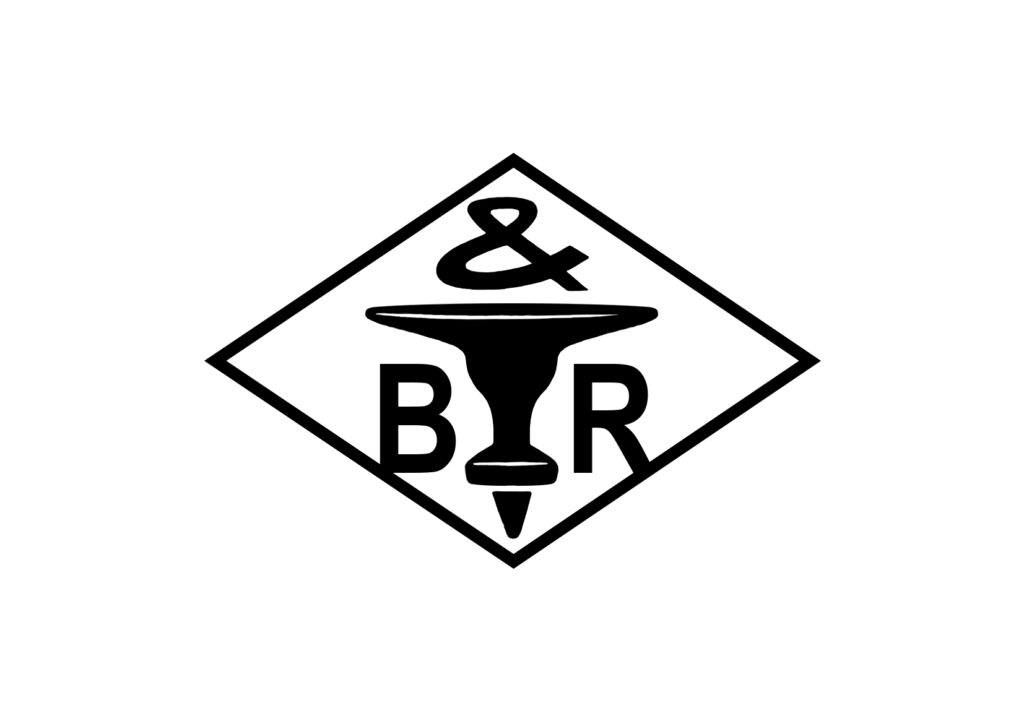
DE BIASI & ROTSTEIN
Specialty : Jeweler
Maker’s mark : Symbol : An anvil
Maker’s mark : Letters : B & R
Address : 72 rue du Faubourg Poissonnière, Paris
Registration date : 11/07/1918
Deregistration date : ?
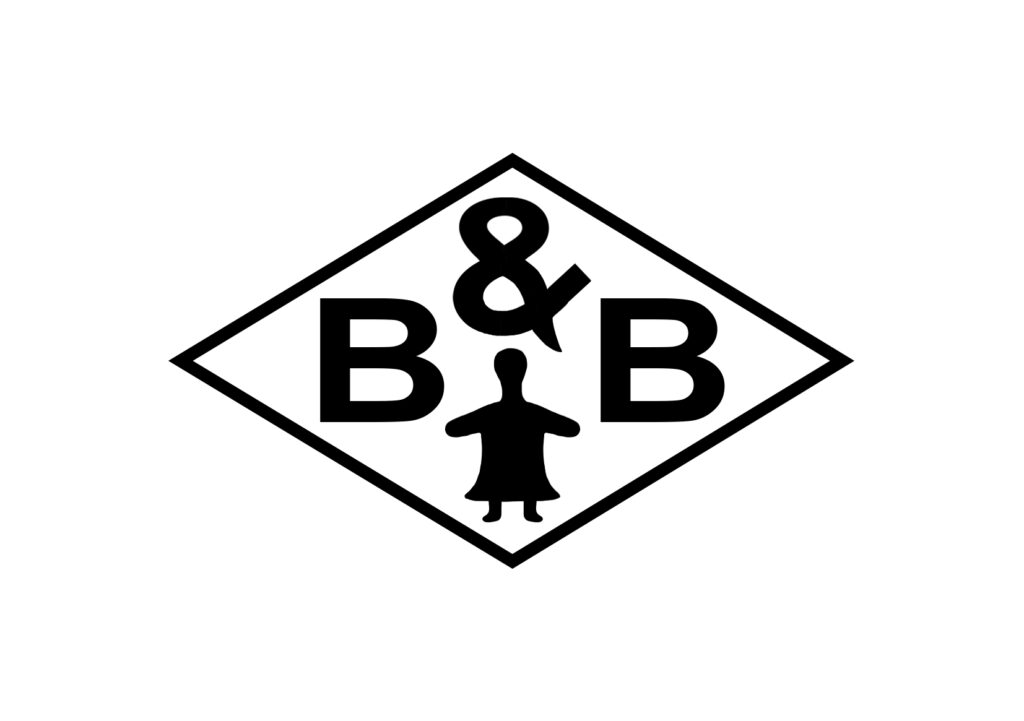
BULLEAU Camille & BOUCHET Alexis
Specialty : Jeweler
Maker’s mark : Symbol : A baby
Maker’s mark : Letters : B & B
Address : 26 rue des Gravilliers, Paris
Registration date : 30/01/1877
Deregistration date : 13/01/1879
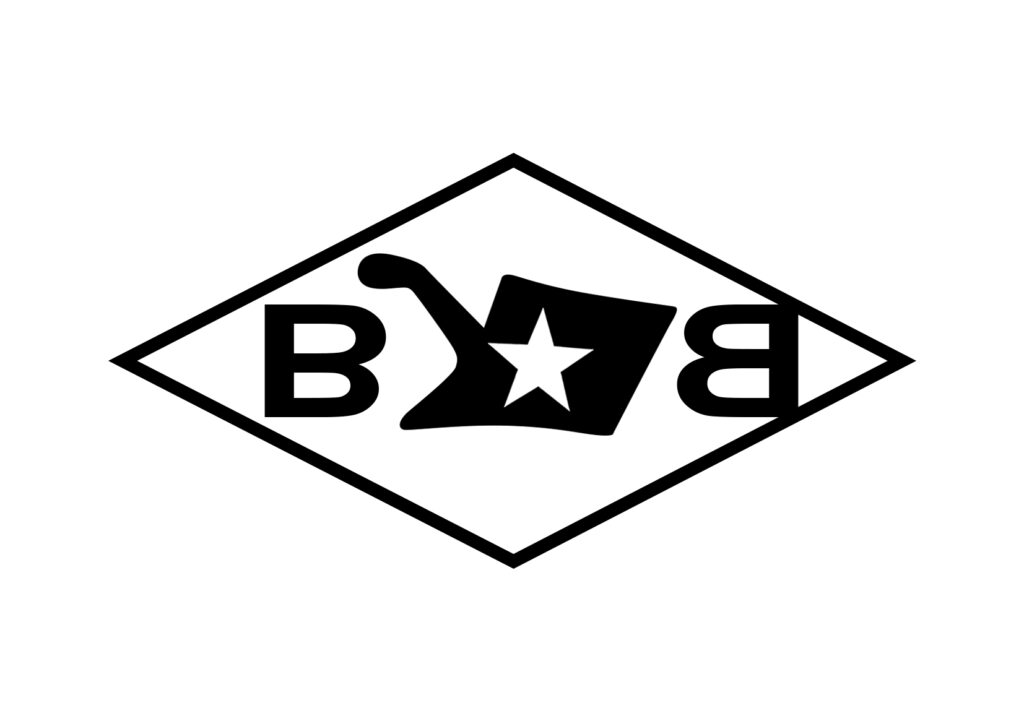
BOUQUET & BARBICHON
Specialty : Silversmith
Maker’s mark : Symbol : A trowel and a star
Maker’s mark : Letters : B & B
Address : 8 rue de Jarente, Paris; 11 rue de Thorigny, Paris
Registration date : 19/11/1920
Deregistration date : 02/04/1927
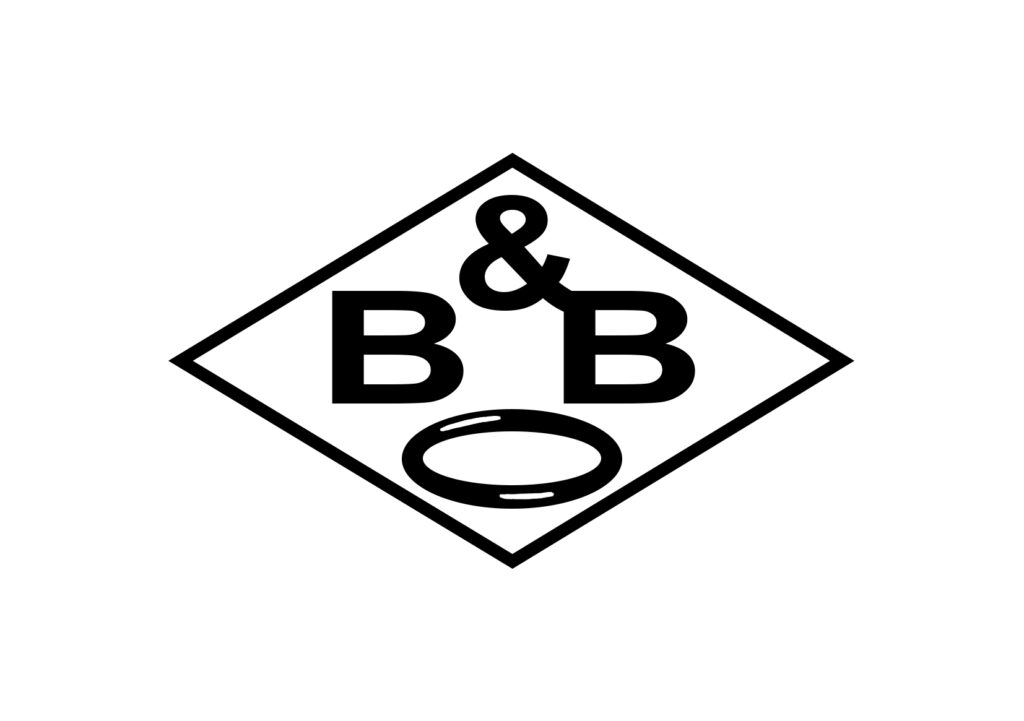
BARDOL & BARTHELME
Specialty : Jeweler
Maker’s mark : Symbol : A bracelet
Maker’s mark : Letters : B & B
Address : 9 rue de Réaumur, Paris
Registration date : 11/09/1891
Deregistration date : ?
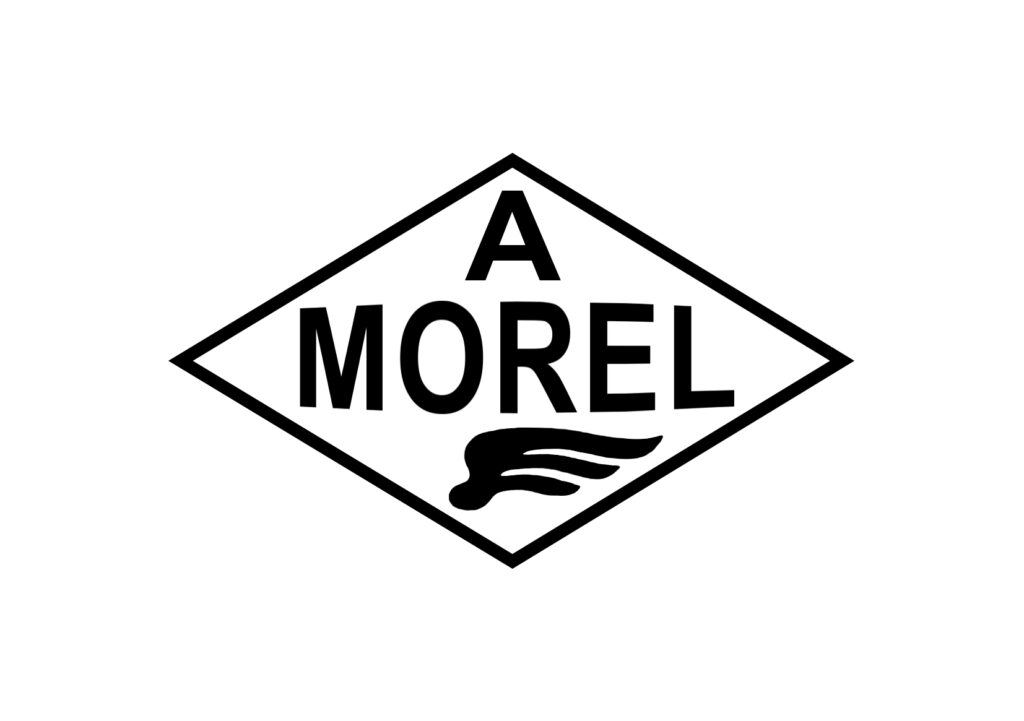
MOREL, Arthur
Specialty : Jeweler
Maker’s mark : Symbol : A wing
Maker’s mark : Letters : A. Morel
Address : 25 rue Notre-Dame de Nazareth, Paris
Registration date : 03/07/1885
Deregistration date : 19/10/1894
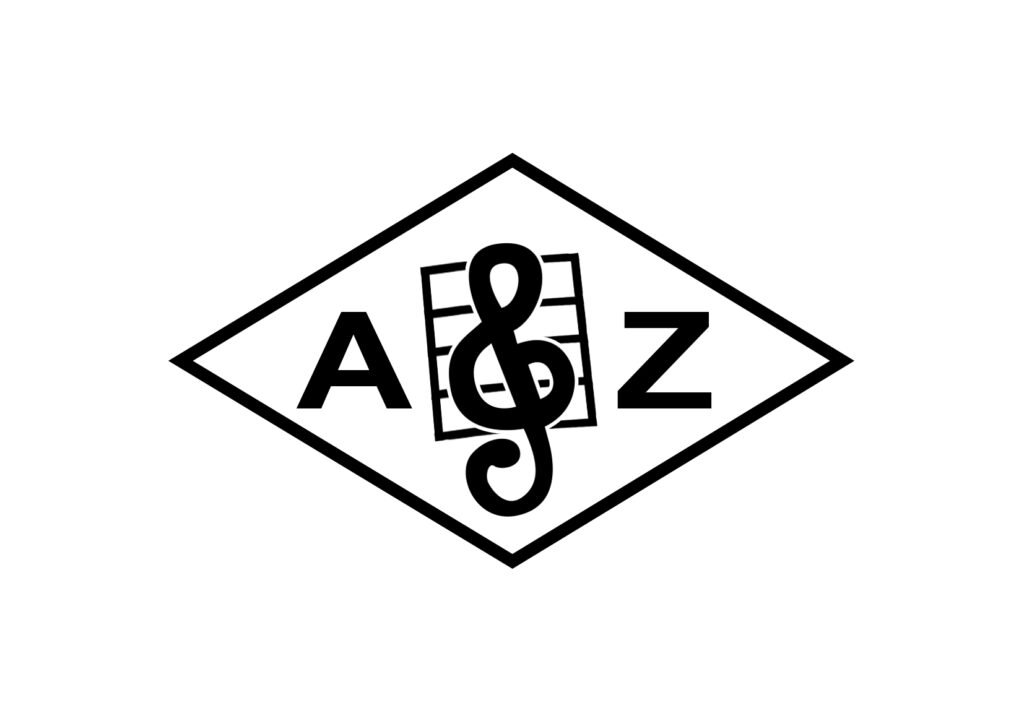
ZWEIFELD, Alphonse
Specialty : Jeweler
Maker’s mark : Symbol : A treble clef
Maker’s mark : Letters : A. Z.
Address : 81 rue du Temple, Paris
Registration date : 23/07/1901
Deregistration date : ?
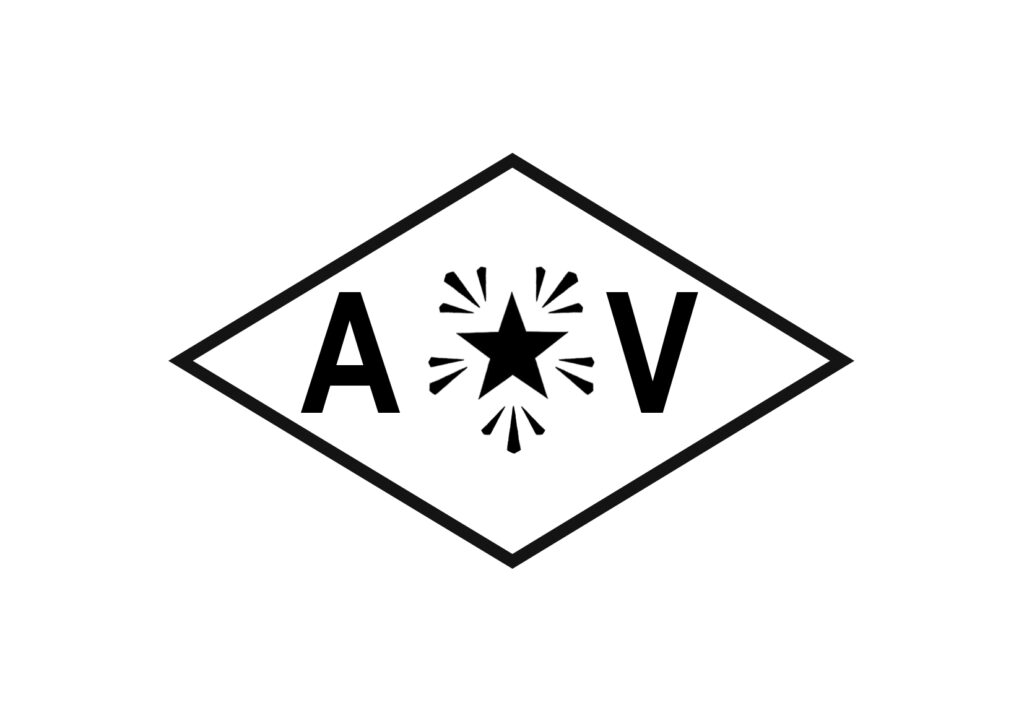
VALLKRINGER, Alexandre
Specialty : Jeweler
Maker’s mark : Symbol : A shining star
Maker’s mark : Letters : A. V.
Address : ?
Registration date : 09/07/1890
Deregistration date : ?
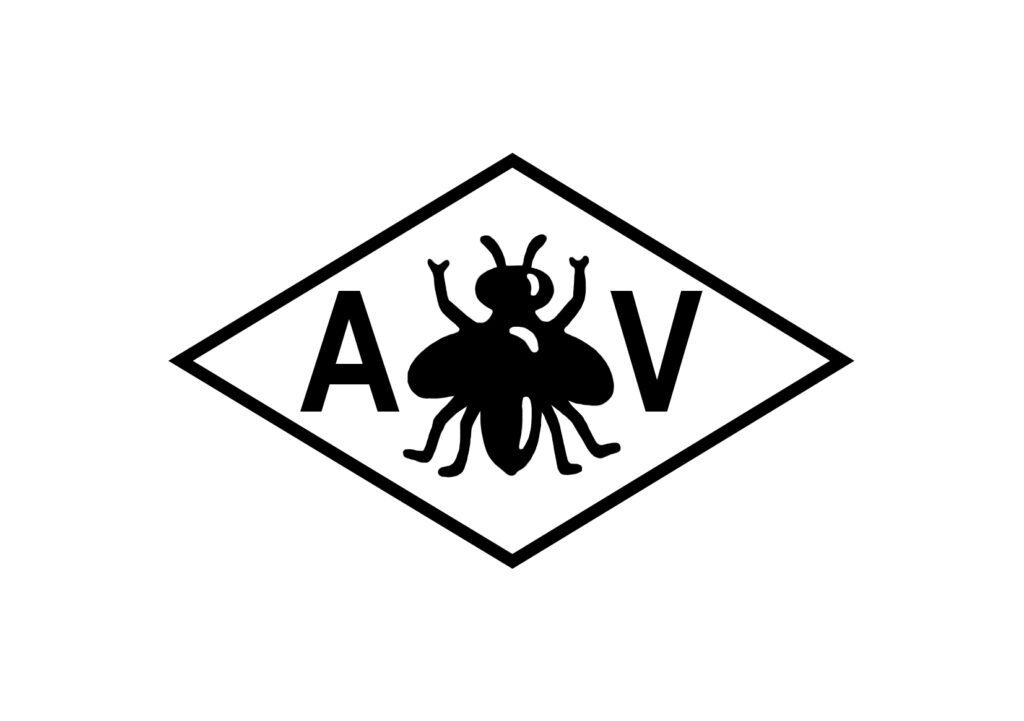
VIGNAN, Albert
Specialty : Jeweler
Maker’s mark : Symbol : A bee
Maker’s mark : Letters : A. V.
Address : 35 boulevard Haussmann, Paris
Registration date : 16/11/1900
Deregistration date : ?
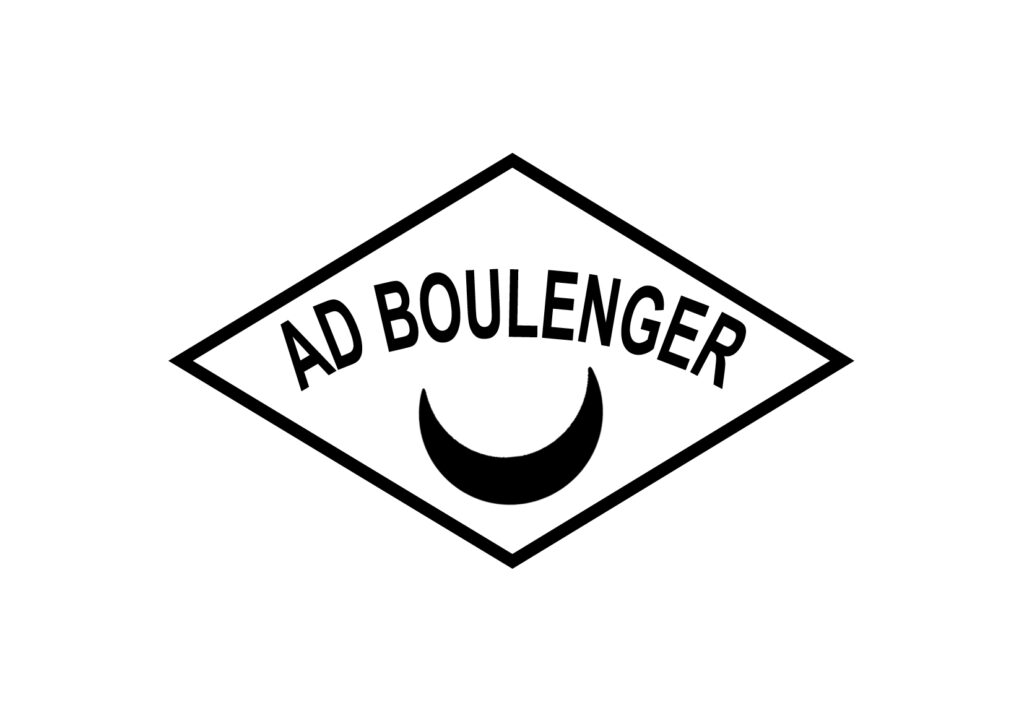
BOULENGER, Adolphe
Specialty : Silversmith
Maker’s mark : Symbol : A crescent
Maker’s mark : Letters : A.D. BOULENGER
Address : 4 rue du Vert Bois, Paris
Registration date : 23/06/1876
Deregistration date : 09/04/1899
